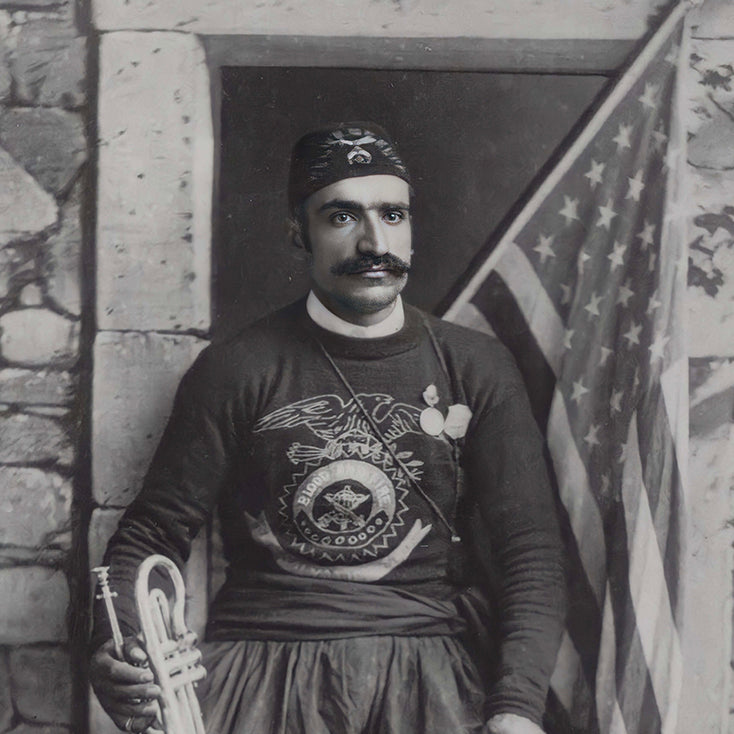Akhtamar Island is a small island located in the Lake Van region of Turkey. The island is home to the 10th century Akhtamar Church, also known as the Church of the Holy Cross, which is considered one of the most important examples of medieval Armenian architecture.
The island was first settled by the Armenians in the 9th century and was later used as a royal summer residence by the Kings of Vaspurakan, an independent Armenian kingdom that existed from the 9th to the 11th century. The Akhtamar Church was built during the reign of King Gagik I in the early 10th century, and was dedicated to the Armenian Apostle St. James.
The church is renowned for its intricate carvings and reliefs, which depict scenes from the Bible and Armenian history. The most famous of these is the relief of the "Armenian Dance of the Holy Apostles," which is located on the western facade of the church. The church also features a number of inscriptions in both Armenian and Arabic, as well as a number of intricate geometric patterns.
After the Armenian Genocide of 1915, the church fell into disrepair and was used as a barn and a storehouse. In 2005, the Turkish government began a restoration project to restore the church to its former glory. The restoration was completed in 2007 and the church was opened to the public as a museum.
Today, Akhtamar Island is a popular tourist destination, attracting visitors from around the world to see the historic church and enjoy the natural beauty of the lake and the surrounding mountains. The island can be reached by boat from the nearby town of Akhtamar. Visitors can also take a tour of the island and learn more about the history and culture of the region.
Akhtamar Island is a beautiful and historic destination that is well worth a visit. The island's main attraction, the Akhtamar Church, is a stunning example of medieval Armenian architecture and is home to some of the most intricate and beautiful carvings and reliefs in the world. The island also offers visitors the opportunity to enjoy the natural beauty of the Lake Van region and learn more about the history and culture of the area.












